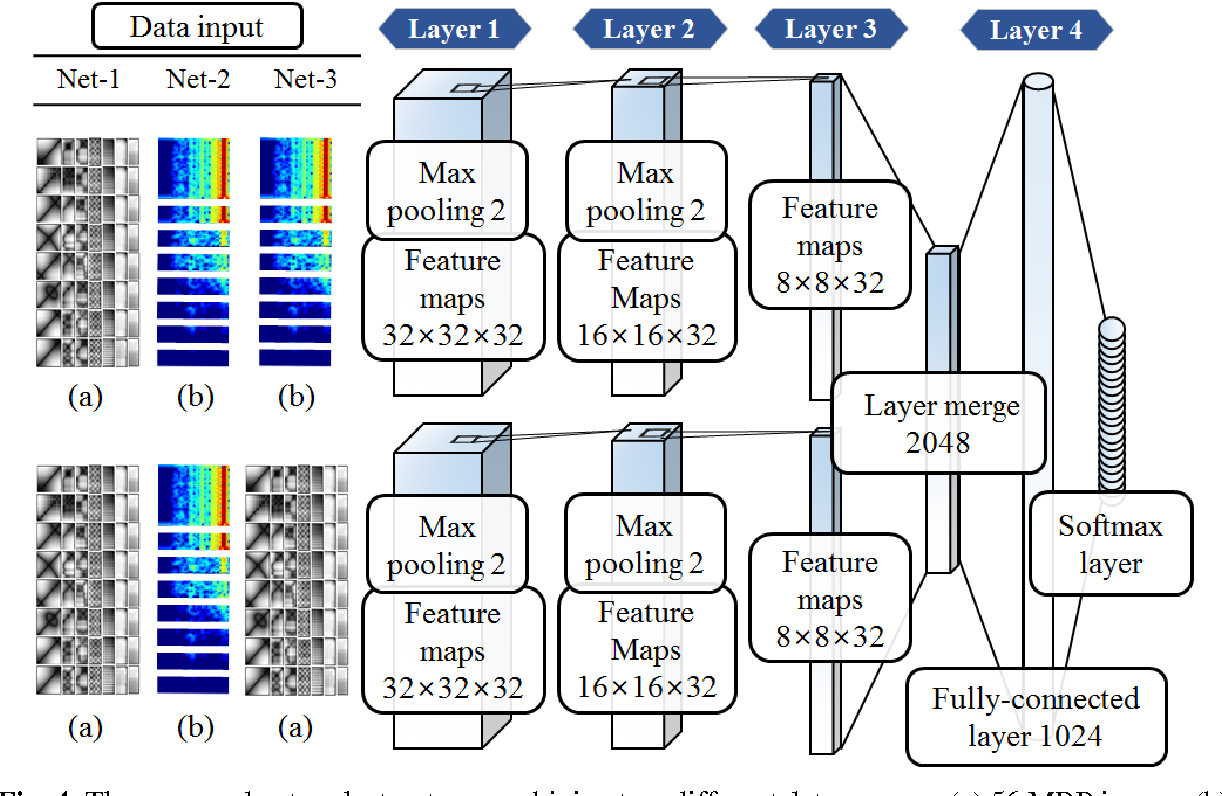First, I’m building a time series classifier, to classify each chunk/block of time. The data which will be used has already be tried and failed on standard ML techniques, as the long-term temporal order is important.
The basic idea that I’m trying to do is that for each Y sec chunk/block of time, use a series of CNNs, with a AdaptiveMaxPool1d on top (to handle the various block sizes), to extract X number of features. Then, using an “outer” CNN to work on all of those blocks, and finally a time-distributed dense layer or two to get a classification. Previously I had used a couple LSTM layers with Keras for the “outer” part, but I’m intrigued by the current findings replacing LSTMs with CNN.
My pared-down dataset is about 70GB in size, with ~2500 recordings (samples, in the pytorch sense), that are of various lengths and each recorded at a different rate. Each recording is divided into lengths of a fixed number of seconds, but each of those block lengths depends on the sample rate. Example:
Recording 1: 2213 blocks, with a sample rate of 128 Hz means each block is 3,840 samples (in the classical time series data sense) long.
Recording 2: 5127 blocks, with a sample rate of 512 Hz means each block is 15,360 samples long.
I would really like to avoid padding my data (in both “dimensions”), as just the back of the envelope calculation suggests the padded size will be at least 2x the raw data set size. I just think the overhead of transferring all of that data to the GPU is going to be a massive waste of time.
*I know that I could resample the raw data to the same sample rate, so that only the number of blocks is different. However, too much of my data is at 128 Hz, and I’m convinced I’m losing some information at that rate. And I hope the higher sample rate recordings can help inform the network.
